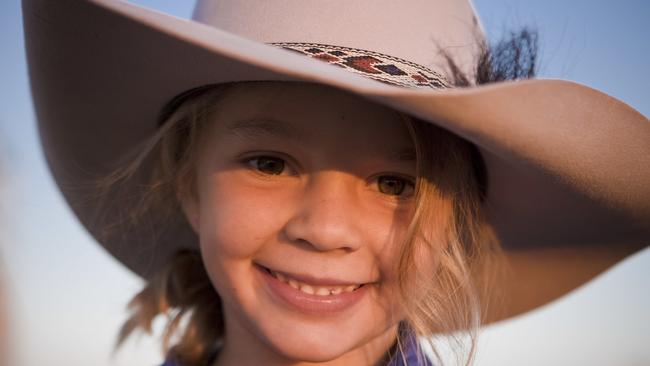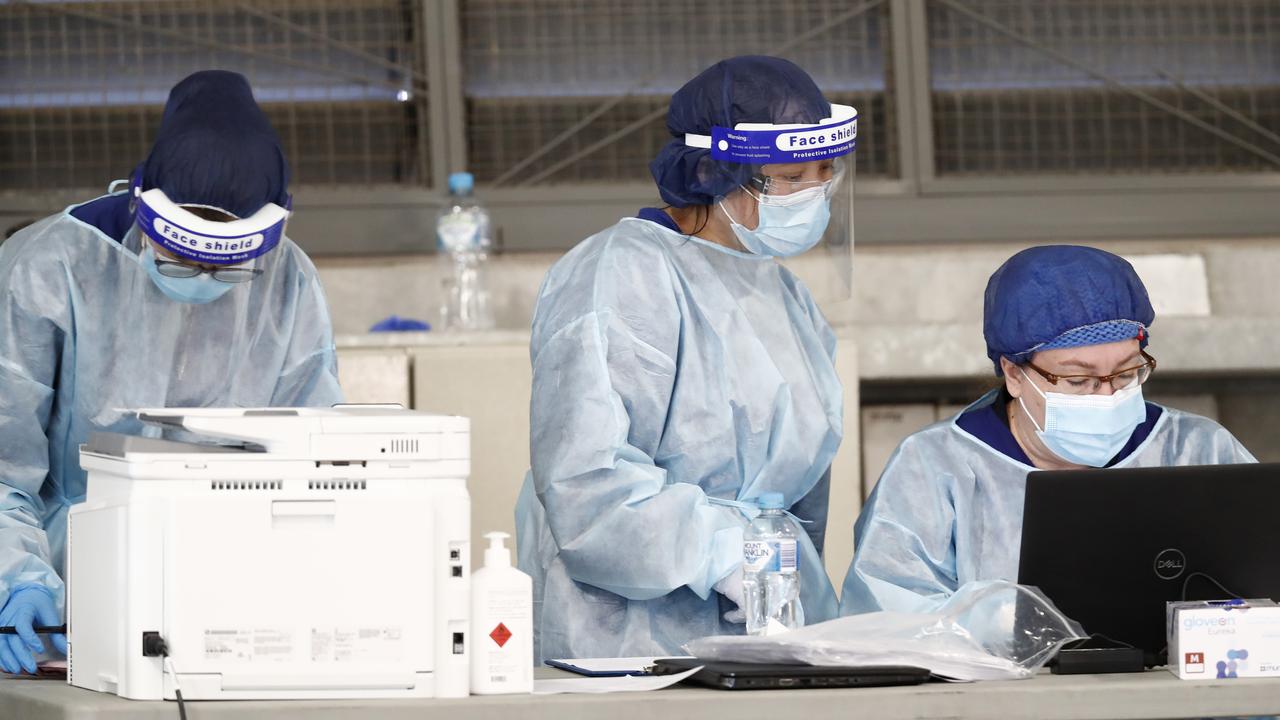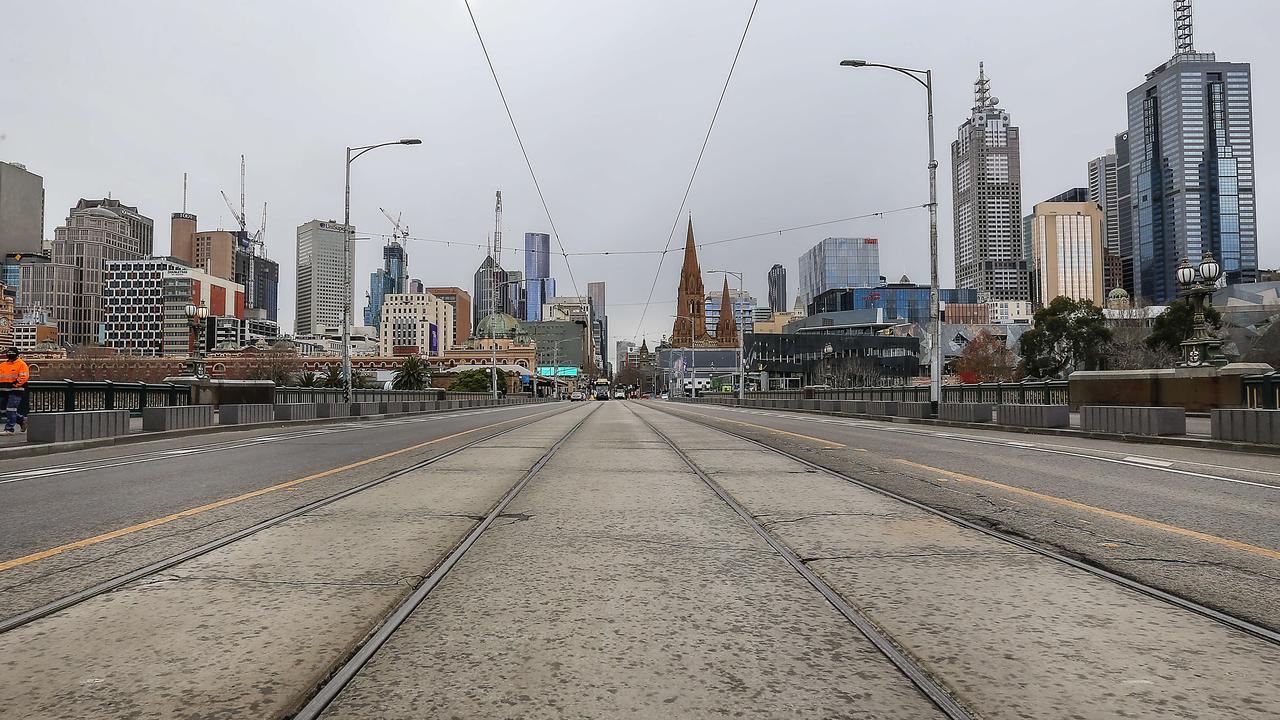Julia Gillard: How to stop bullying and prevent suicide
DURING January, all of us were shocked and saddened by the tragic death of Amy “Dolly” Everett — but it could happen to any of our families, writes Julia Gillard.
Opinion
Don't miss out on the headlines from Opinion. Followed categories will be added to My News.
DURING January, all of us were shocked and saddened by the tragic death of Amy “Dolly” Everett.
The outpouring of grief and incomprehension by her family is repeated in too many families who have lost young ones to suicide.
It could happen to any of our families.
Suicide is the biggest killer of our young people in Australia — 89 children aged 5 to 17 took their own lives in 2016 with Aboriginal and Torres Strait Islander kids over-represented in the numbers.
EVERETT FAMILY CREATES TRIBUTE VIDEO FOR DOLLY
And suicide is complex. There is often not one single cause, but we do know that bullying can be a major risk factor for some.
Whenever we hear of the suicide of a child who has been bullied, we turn to our own families and wonder how the children and young people we know and love are really doing. Are they in distress, being bullied, or facing other challenges that they don’t feel able to talk about?
Many questions whirl through our brains: what behaviours are bullying, how prevalent is it and, most importantly, what can I do to help? These are all questions with no easy answers, but at Beyondblue we are working on building resilience in children and working to combat bullying.


Bullying is defined as behaviour that is meant to be hurtful, targets a person or group of people, occurs more than once and embarrasses, threatens or intimidates its victim.
The impact can be even greater when a cowards’ pact is formed and people begin to act in concert.
It may happen in person, but increasingly, it occurs out of sight or online.
A report by the Australian Covert Bullying Prevalence Study, which examined 20,000 students aged 8-14, found the techniques of female bullies tended to be more surreptitious, while males resorted to more obvious, often physical methods.
In Australia, an estimated one in four children has experienced some form of bullying.
Over our lives, most of us will be targeted by, or witness, a bully in action at school, in our community, at work — perhaps even in our homes.
We know people who experience bullying have lower self-esteem and are more likely to develop mental health conditions, such as depression and anxiety, and that untreated depression is a significant risk factor in suicide.
The signs can be very subtle, even hidden.

A young one being bullied or cyberbullied might refuse to go to school, their academic performance may slip, there might suddenly be more texts or social media messages, they could seem more unhappy, stressed or anxious, especially before or after school or sport or after being on their phone or computer. They may shut themselves off from family and friends, or lose interest in social activities.
HOW TO PREVENT BULLYING — JUST TEACH IT
VILE MESSAGES AFTER DOLLY’S DEATH
If you fear a child is being bullied, let them know you’re concerned and why. It might take several goes, but it’s important to have that conversation: reassure them they are not alone, work together on a plan for coping with or responding to bullying, encourage them to talk openly, or you could suggest they see a health professional. If the bullying is happening online, report it to the social media site.
We need to build resilience.
I know resilience is a word commonly, even casually, thrown around so, how do we achieve it?
To answer those questions, Beyondblue commissioned research, and then turned its findings into practical advice.
We have produced a guide for teachers and other professionals about building resilience in children to safeguard their mental health. Practical tips for parents were developed, too.
Raising children will always be the responsibility of parents, but the whole community plays an important role. When you consider how many hours, days, weeks and years children spend in the education system, preschools, primary and secondary schools, offer the perfect environment to consolidate resilience.
Beyondblue’s new national education initiative, funded by the Commonwealth government, is in the design and development stage and will be launched later this year. It will prepare school communities — principals, teachers, staff, families, carers — to support positive mental health and wellbeing in young ones.
It will also be available in university and vocational education and training settings.
Bullying can, and does, ruin lives no matter whether it is face-to-face or online. Nobody deserves it — regardless of age, race, gender, sexuality, ability, shape or size.
Prime Minister Malcolm Turnbull said every step must be taken to reduce bullying, whether offline or on, and to eliminate it wherever we can. I agree.
We must all stand up, speak out and contribute to an Australia in which everyone can achieve their best possible mental health.
Julia Gillard is chair of Beyondblue.
For details about the resilience guide, visit beyondblue.org.au
Learn more about bullying at youthbeyondblue.com; or visit Australia’s leader in online safety, esafety.gov.au



